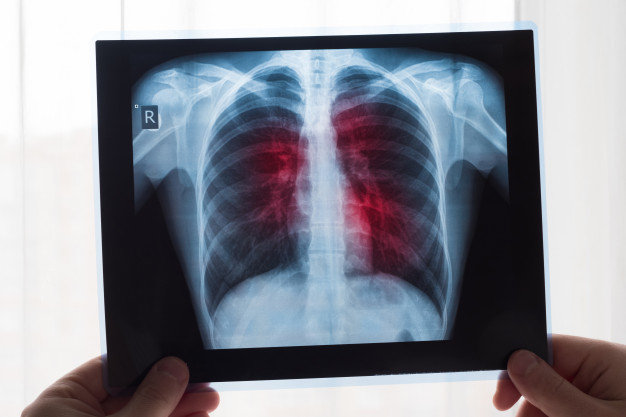
The National Institute for Health and Care Excellence (NICE) has published new guidance on the use of AI to assist with the detection of fractures on urgent care X-rays.
The guidance was published yesterday (14 January). It recommends that the NHS can use four AI technologies during the evidence generation period outlined by NICE, which will last for two years. These technologies are BoneView, Rayvolve, RBfracture and TechCare Alert.
In addition, each of these AI technologies can only be used if they receive regulatory approval. The Medicines and Healthcare products Regulatory Agency (MHRA) is responsible for regulating medical devices, including software and AI as medical devices, to ensure they meet minimum safety and performance standards before being placed on the market.
The guidance was created through an early value assessment (EVA). EVA guidance is designed to give recommendations on emerging health technologies that could address an unmet national demand.
What must radiographers keep in mind?
In reference to the new guidance, NICE has urged radiographers to take these new AI technologies into account in their professional environment.
"This guidance represents the view of NICE, arrived at after careful consideration of the evidence available," NICE outlined. "When exercising their judgement, healthcare professionals are expected to take this guidance fully into account."
The organisation also emphasised that radiographers should continue to apply their professional judgement: "The guidance does not override the individual responsibility of healthcare professionals to make decisions appropriate to the circumstances of the individual patient, in consultation with the patient and/or guardian or carer."
Guidance will be reviewed if new evidence emerges that could alter NICE's recommendations.
NICE has also developed tools and resources for radiographers that wish to find out more about the recommendations and how to implement them.
What has the SoR said about AI?
Yesterday, the SoR published its response to the UK government's new AI action plan, warning that there can be no imaging without radiographers.
The action plan - published earlier this week - identified a number of areas that could be improved by the use of AI, including healthcare and diagnostic imaging. Dean Rogers, executive director of industrial strategy and member relations, emphasised that technological advancements alone will not be enough to reduce NHS waiting lists.
“Many of our members are working with machines that are more than 20 years old - and, in some cases, even older than the radiographers themselves," he said. "So any investment in new equipment will improve efficiency and effectiveness."
“But technology alone is not going to bring down NHS waiting lists. Tech needs people."
The SoR also has its own policy statement on AI, in reference to clinical imaging and therapeutic radiography professionals. Click here to read the policy document.
